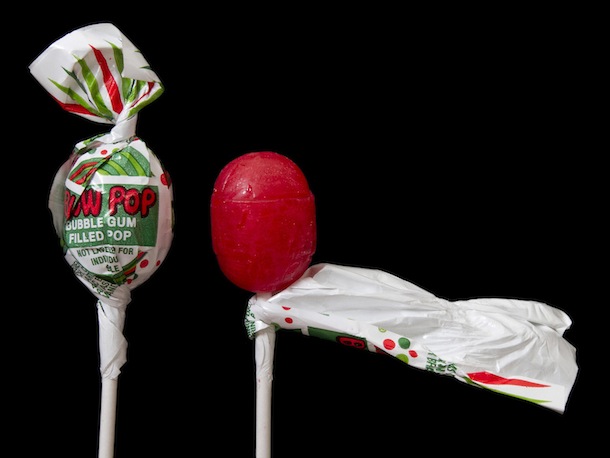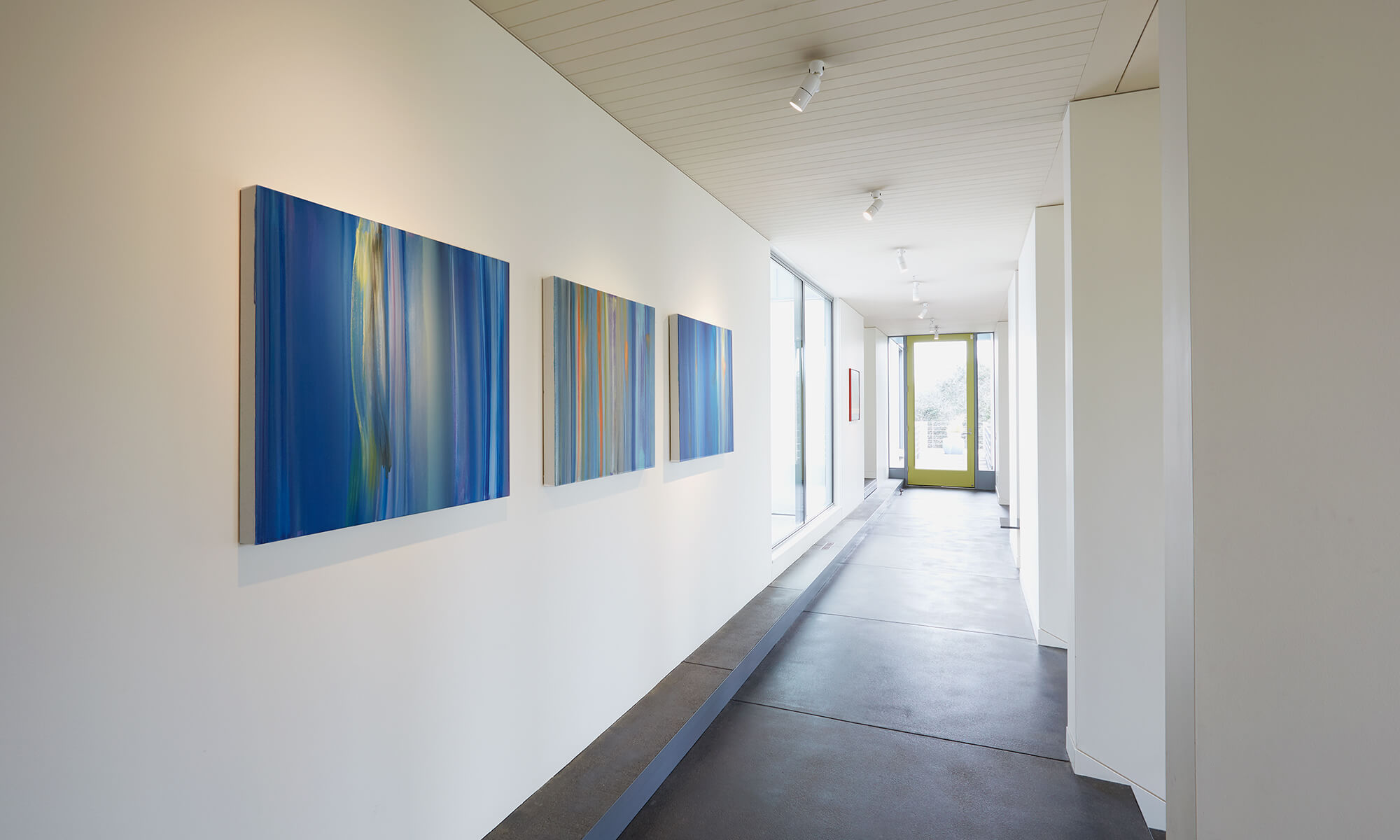
Original article published in: Adobe Airstream
Feb 2012
After school in Santa Fe, I would go to the candy store on Canyon Road (now Nüart Gallery), and load bags full of Blow Pops and Jolly Ranchers. This was not for my consumption. The goodies were intended for sales the next day.
I’d buy Blow Pops for 10 cents and sell them on the Capshaw Middle School open market for 25. Why nobody else was doing this, was a total mystery.
You’d think all the students would just buy their own blow pops… but they didn’t. Even at a premium, my product was in high demand. I didn’t dip into my stash – I was set on an other goal- video games cartridges for the Atari 2600. My English teacher pulled me aside one day and told me I had to go to the principal’s office. The principal, who I’d only seen speaking in public and heard rumors about, told me I was facing suspension, but he’d let me off this time. This was a lot for me to take in. I was an academic achiever. Suspension was for kids who got in fights, not pre-pubescent goodie two-shoes, like myself!
My parents were asked to pick me up from school early, to make the whole event more serious. I don’t remember who picked me up that day, but whichever parent it was, was laughing when they arrived. They defended my enterprise, stating that it was entrepreneurial. That was the day I learned the word entrepreneur, and that was the first time I knew what I wanted to be when I grew up: ambiguous, independent, free, and doing something nobody else had figured out.
It was also the beginning of a questioning into the systems of closed and open markets. First, why was it considered wrong for me to sell candy? How much money were the vending machine people making? Was the principal in on it too? I would never find the answers to these questions, but years later I found myself wearing similar shoes in a different market.
I went on to high school, college, dropped out for a while, swam in the Ganges, drank from the Ganges, got parasites from the Ganges, went back to college, got a degree, then got another degree. All the while, I started to look around and I slowly became an artist.
With all the irrational exuberance that surrounded the .com bubble, there was one insight that rang true: we are entering a new type of economy. We were wrong about how it behaved, but it is certainly changing the game. SOPA and PIPA are testaments to this. Works of art are sold and shipped based on 8 inch images on a computer screen. Some people find themselves in more advantageous positions and others are losing their edge. Still others are unaffected.
The snobbery in regards to reproductions is partially based on past practices of traditional publishing groups. They did not print anything that could be taken as sexual, political or violent, which reduced the spectrum to decorative. It was also often assumed, that conceptually based art would not be appreciated. However, this model was developed long before the internet, and traditional distribution practices were established when offset printing a minimum of 1000 prints was required in advance. If a new artist’s work was acquired, the publishing group would push the images through industry trade shows and catalogs. Distributors would accept the publishing groups taste in “new talent”.

What appears to be cropping up today, is potentially entirely different. With the ability to digitally print on demand, there is no financial risk in taking on a new artist, or artists with challenging ideas. Distribution happens through a non-centralized platform, so there is a little something for everyone. More opportunities for artists means more opportunities for the middle class.
Original works of art are far too expensive for middle-class people. Being the market for what is now being called “consumer-grade” art, they settled for poster prints chosen by the taste and conservative practices of licensing groups, while the upper class had the opportunity to purchase, live with and absorb works of art considered “investment grade.” A walk through a museum is a vastly different experience than growing up around original pieces— having them slowly breathe their expression into one’s everyday experience.
New companies like Turning Art have cropped up where people can literally rent framed reproductions the way they would rent movies from Netflix. One can build a queue of framed artwork with the option to buy the original, or keep rotating out new works on a monthly basis (yes, I’m giving it a try). With the technology to digitally print on demand, there is no financial burden in taking on a new artist, or artists with challenging ideas. Strangely, museum level artists, and artists aspiring to be at the museum level refuse this opportunity to share their work. Sharing work to the multitudes crosses social conventions that threaten the very career of the artists.
There is a belief that elite market makers can determine the validity or legitimacy of a work of art’s status. An original work’s value will be tarnished by an open-ended number of people enjoying a nicely printed photograph of it. The photograph doesn’t do the tarnishing though, because we’re accustomed to placing a very high value on works reproduced in auction catalogs or history books.
There is an inherent flaw in this reasoning because it’s based on outdated distribution and business models. It’s also based on the concept that artists should not be entrepreneurs, which is actually a new concept that arose in the late 19th century in tandem with the modern dealer system. Paradigms are shifting, and I say this with great pleasure, because a few of us kids on the playground have it figured out already.

3 Replies to “Learning to Share: On Candy, Art, and Independence”